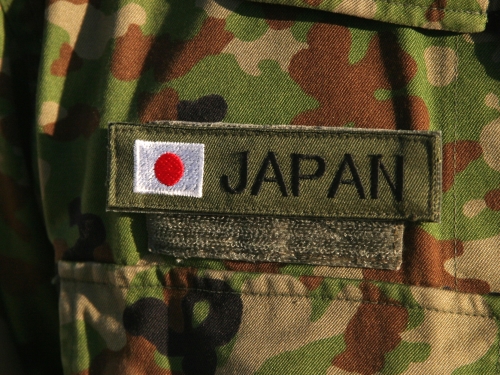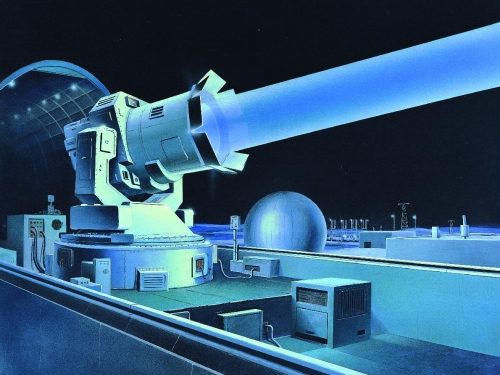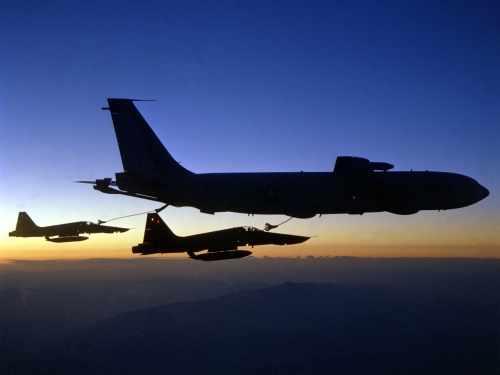
This article was originally published by the Atlantic Council on 1 August, 2015.
Going on eight years now, Raytheon has been mounting a strategic campaign in cyber security. This past April, the company spent $1.7 billion on Austin-based Websense, the 13th cyber business it has purchased since October 2007 (Defense Mergers & Acquisitions Daily, 20 April 2015). In Forbes, defense industry booster Loren Thompson called the transaction “bold”—the value roughly matched that of the 12 preceding deals. That pattern suggests that Raytheon has been learning along the way how to build a successful business. More recent evidence was Raytheon’s selection this month as a finalist in DARPA’s Cyber Grand Challenge, in which some of the top teams in the US have been working to create self-healing code. As Byron Callan of Capital Alpha Partners wrote, that alone “suggests it’s doing something right,” whatever misgivings investors and their analysts may have had about Raytheon’s long-running strategy.




